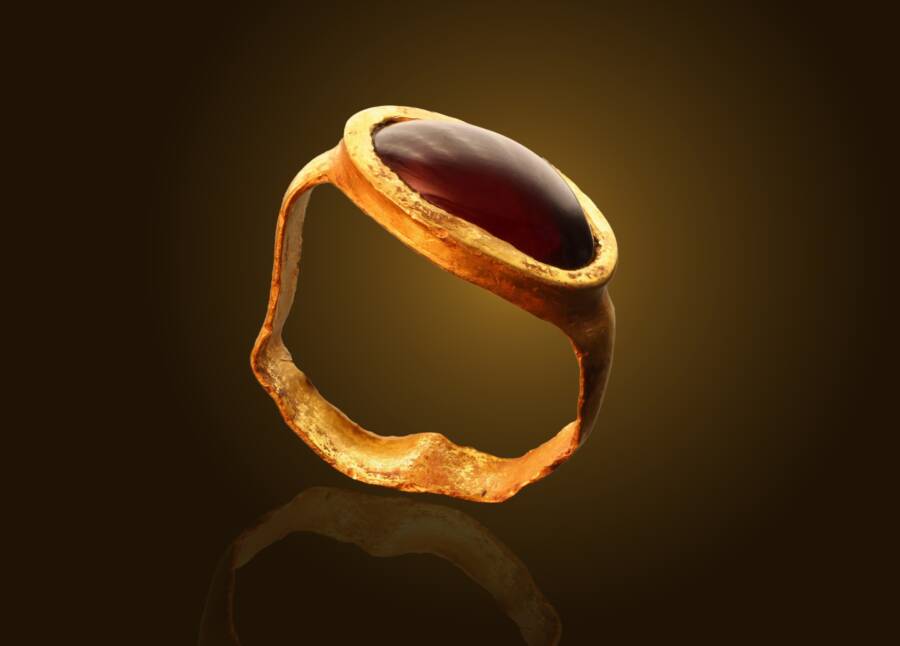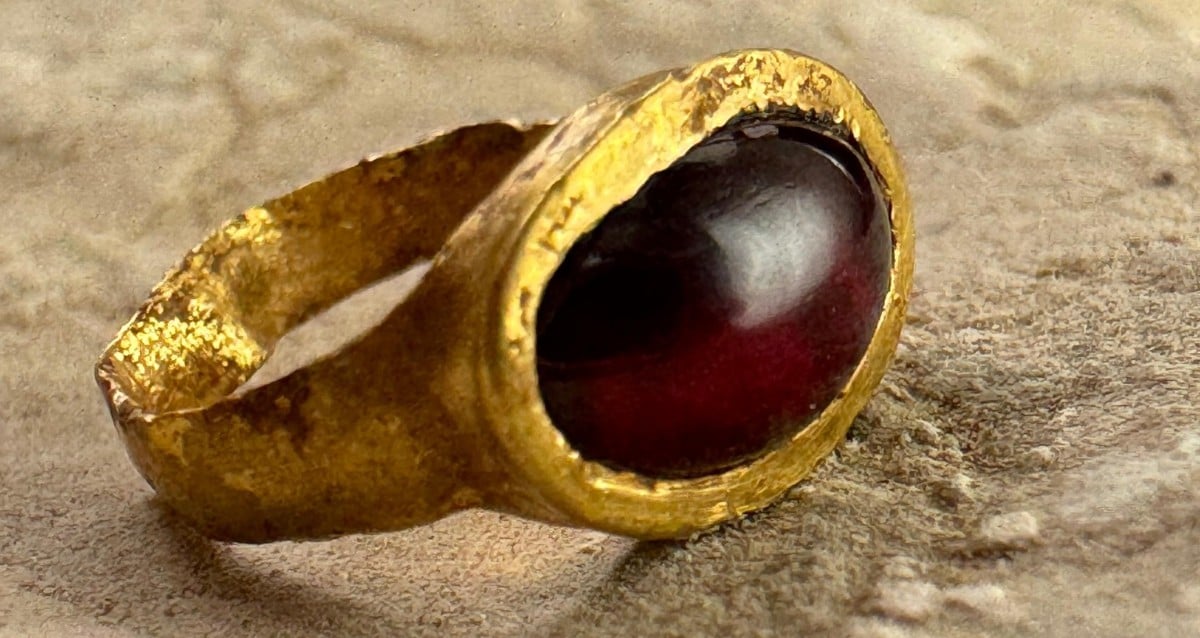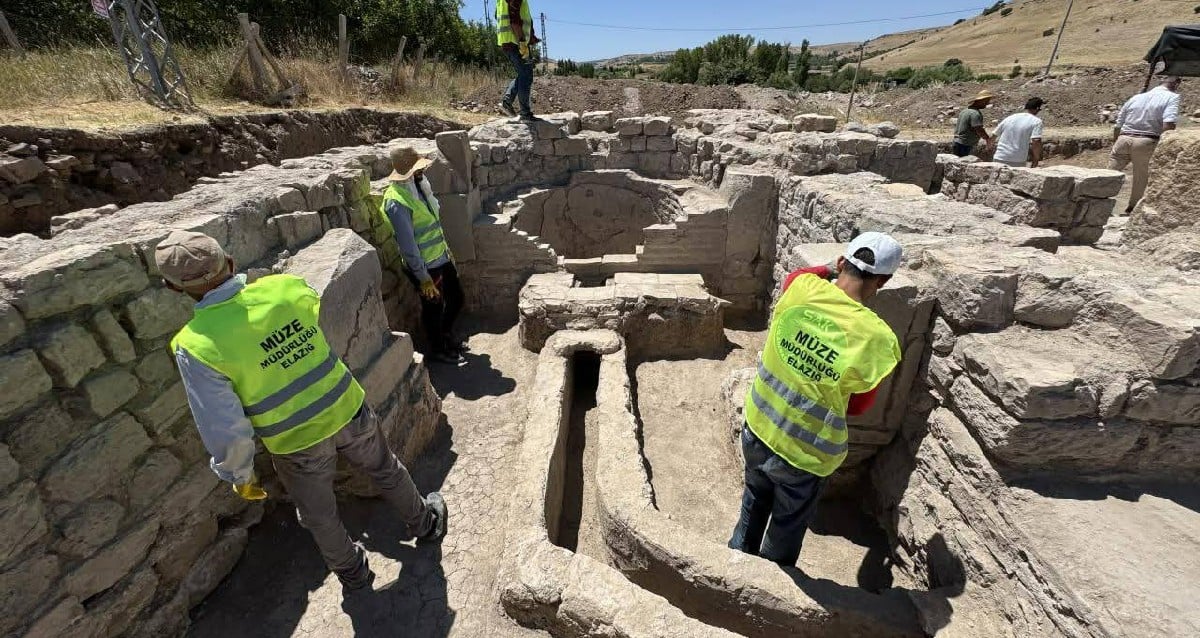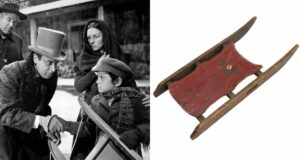Ancient Mystery Unearthed: 2,300-Year-Old Gold Ring with Enigmatic Red Gemstone Discovered in Jerusalem’s City of David
So, imagine this: you’re digging through ancient dirt in Jerusalem’s City of David, and boom — out pops a gold ring, glinting like it just stepped off a modern jeweler’s display case. It’s set with a bright red gemstone, and at first, the archaeologists were thinking, “Nah, that’s gotta be somebody’s lost heirloom from last week!” Nope — turns out this tiny treasure belonged to a little girl living over two millennia ago, somewhere between the late 3rd and early 2nd century B.C.E. Now here’s what really fries the noodle: this ring, and a stash of other bling, might’ve been deliberately buried as part of an ancient coming-of-age tradition. Bet you didn’t know that a 2,300-year-old piece of jewelry could connect us so vividly to a young girl’s story — or tempt us to wonder what she’d say if asked, “Where’s my ring?” Grab your mental magnifying glass; history just got a whole lot sparkier. LEARN MORE
A gold band set with a red gemstone, the ring likely belonged to a little girl who lived nearby during the Second Temple period — and it’s so well preserved that archaeologists initially thought it was a piece of modern jewelry.

Eliyahu Yanai, City of David/Israel Antiquities AuthorityThe ring dates back to the Second Temple period, between the late 3rd century and early 2nd century B.C.E.
During recent excavations in Jerusalem’s ancient City of David area, an archaeologist pulled a gold ring out of the dirt. At first, researchers thought that the ring, found in excellent condition, might be a modern piece of jewelry that had been inadvertently dropped at the excavation site. But upon closer look, they realized that this stunning gold band set with a red garnet stone was actually an ancient relic dating back 2,300 years.
And this ring is just the latest historical gold artifact found at the site. Archaeologists believe that the hoard of jewelry found here might have been intentionally buried more than two millennia ago as part of a Hellenistic tradition marking the transition from childhood to adulthood.












